
Becoming without Being Present, sculptural installation, 2019, aluminium, plaster, plastic, rubber, dimensions variable according to installation
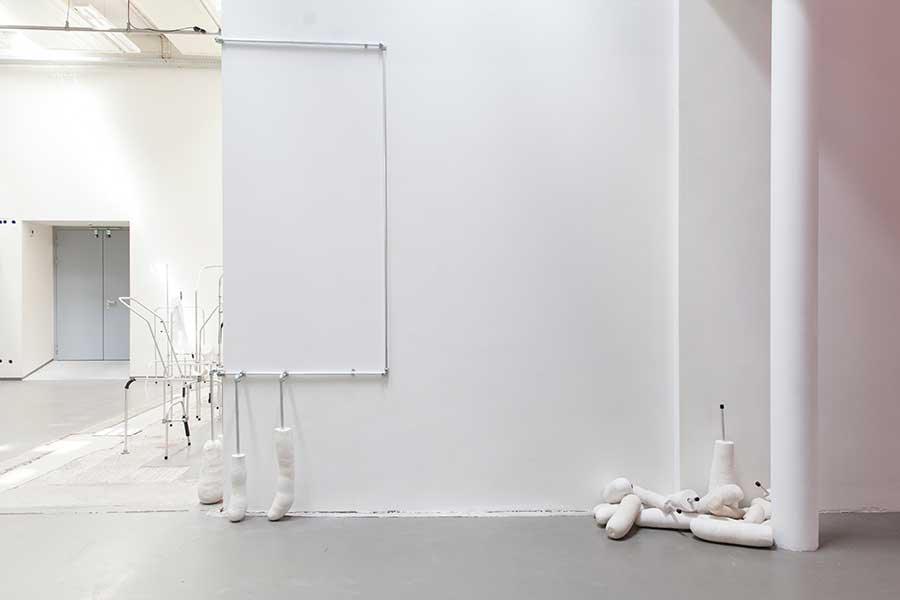
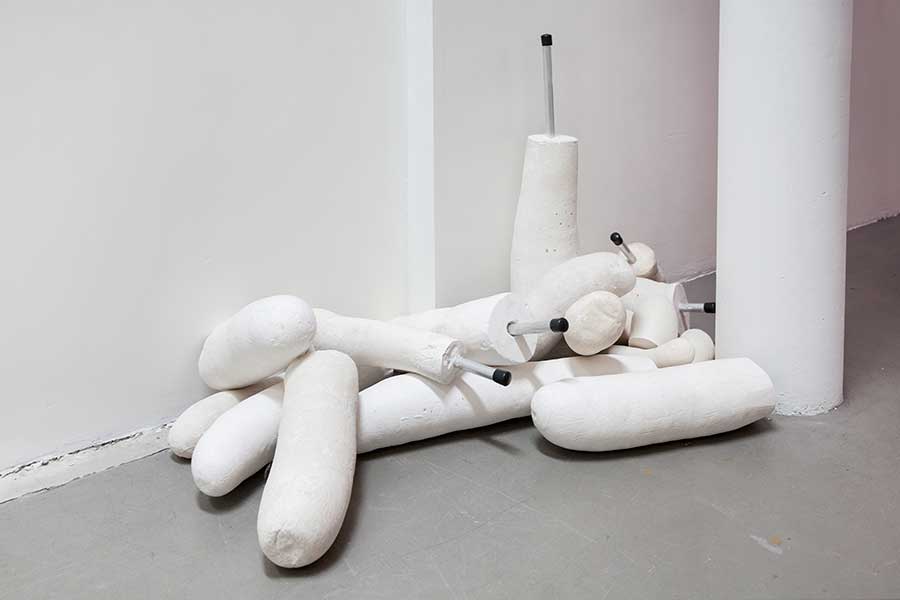
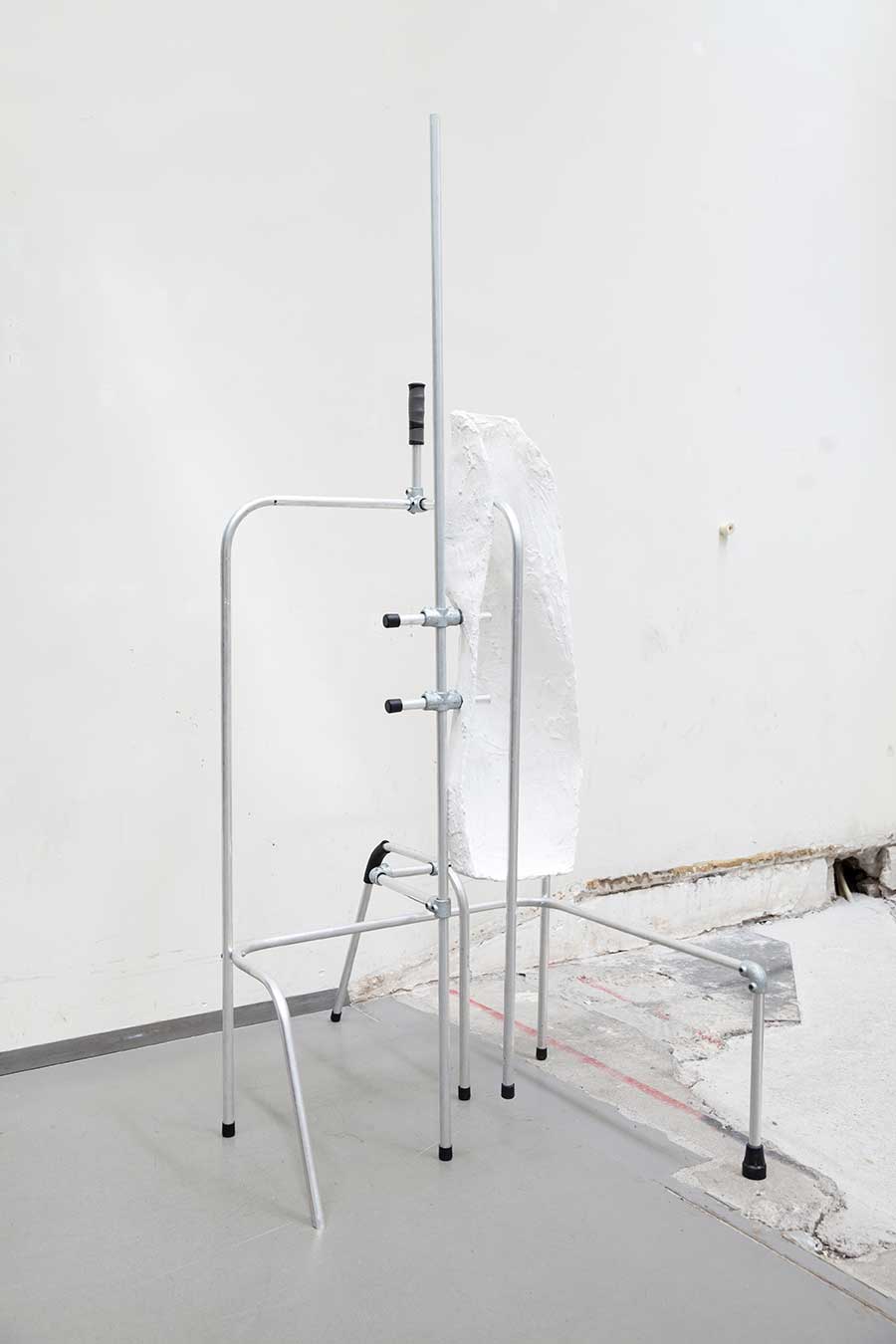
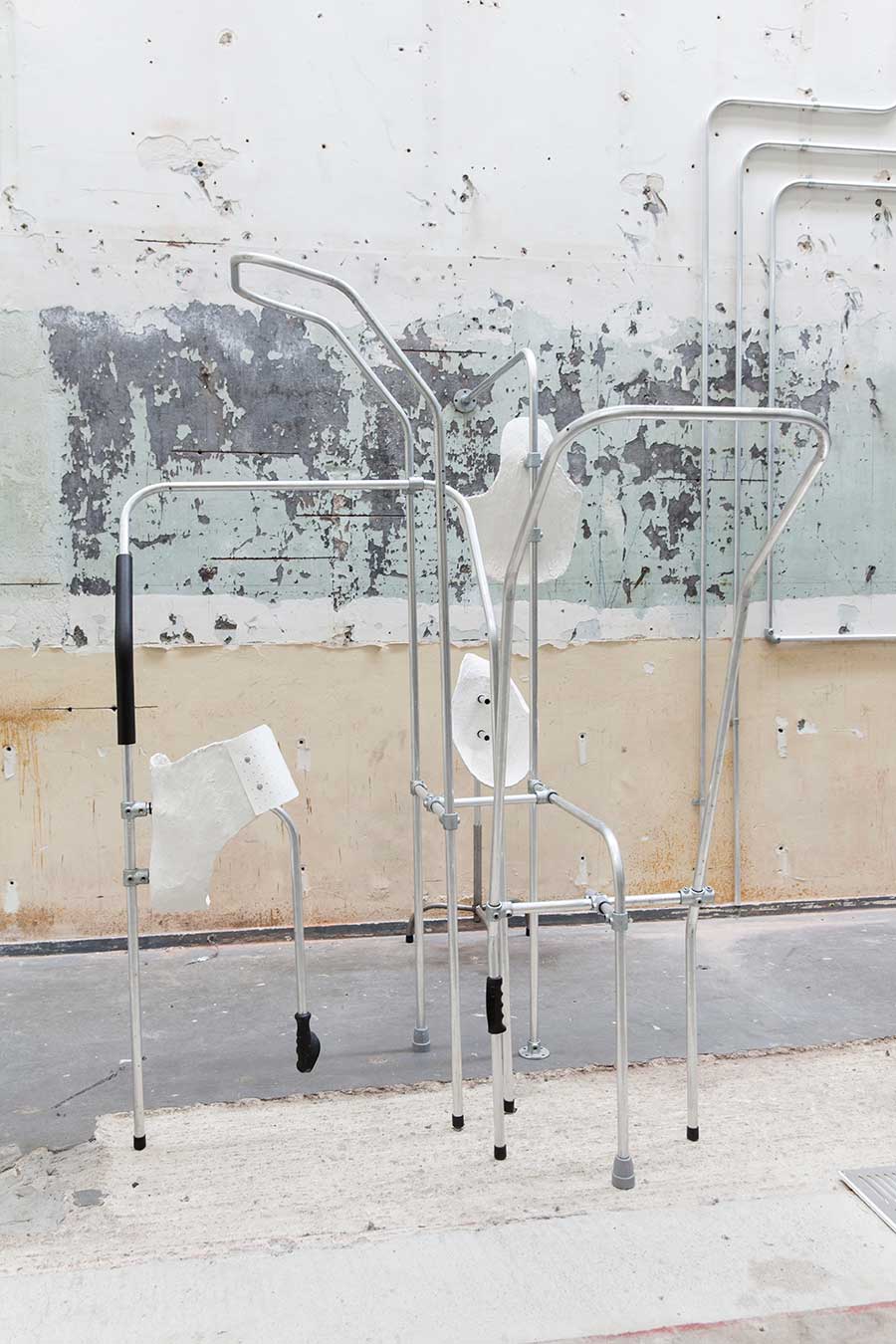
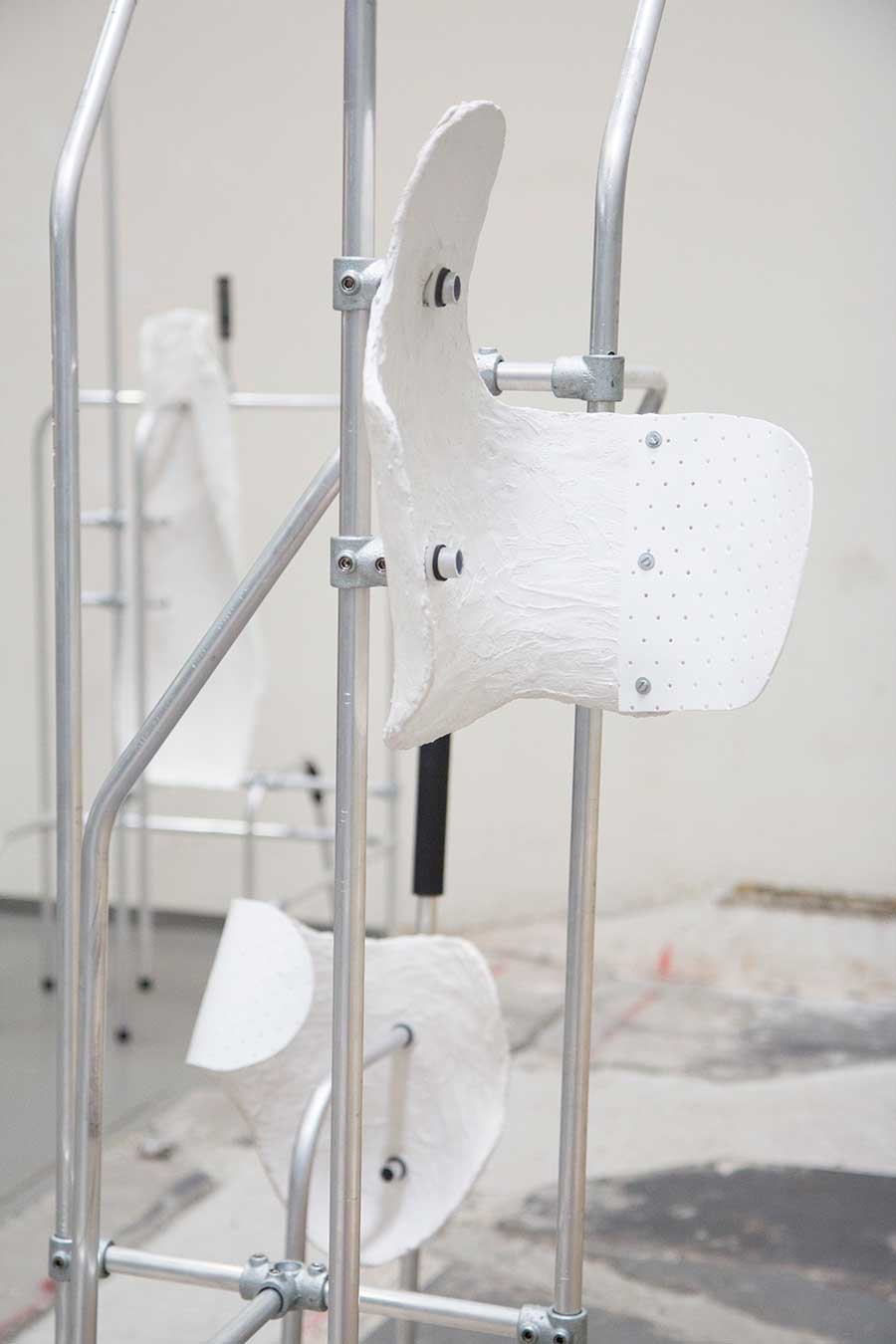
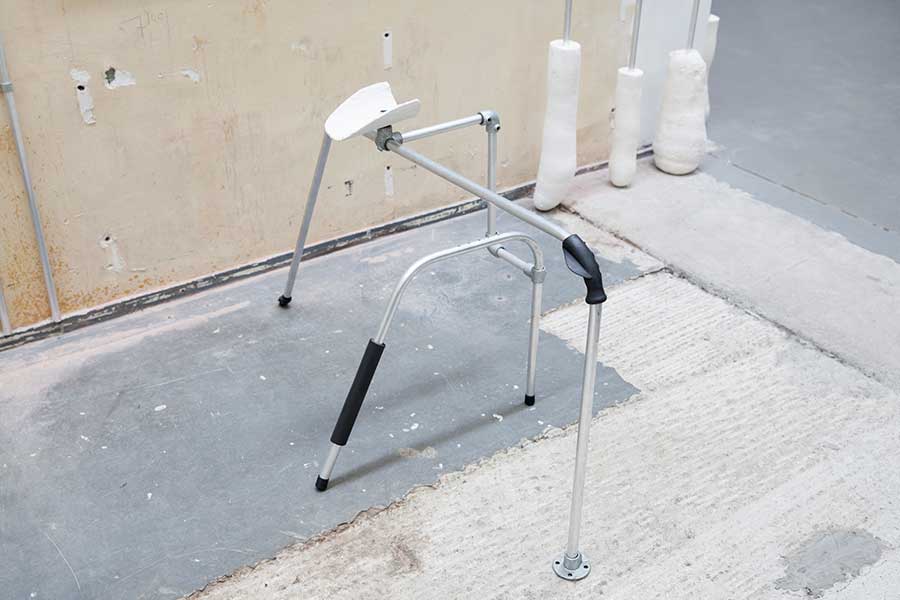
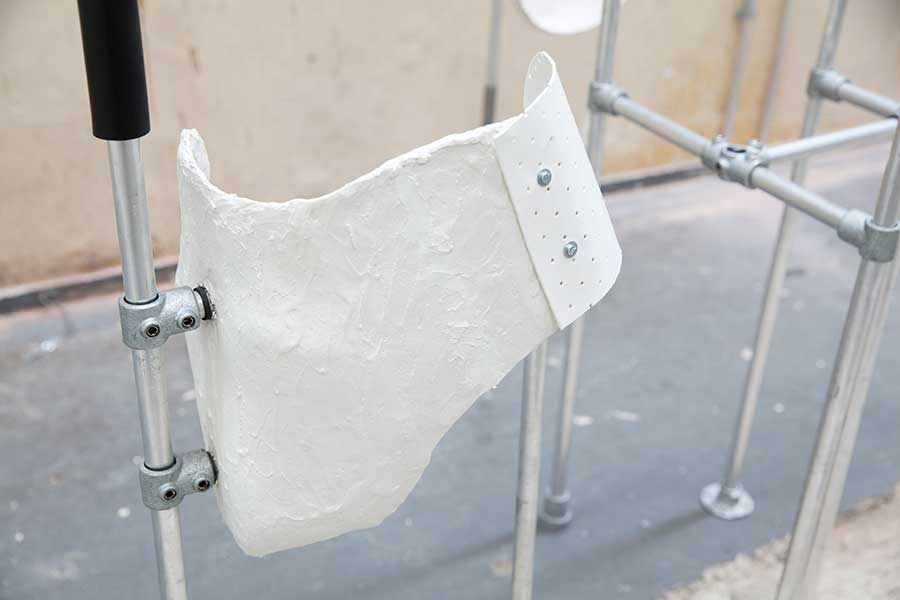
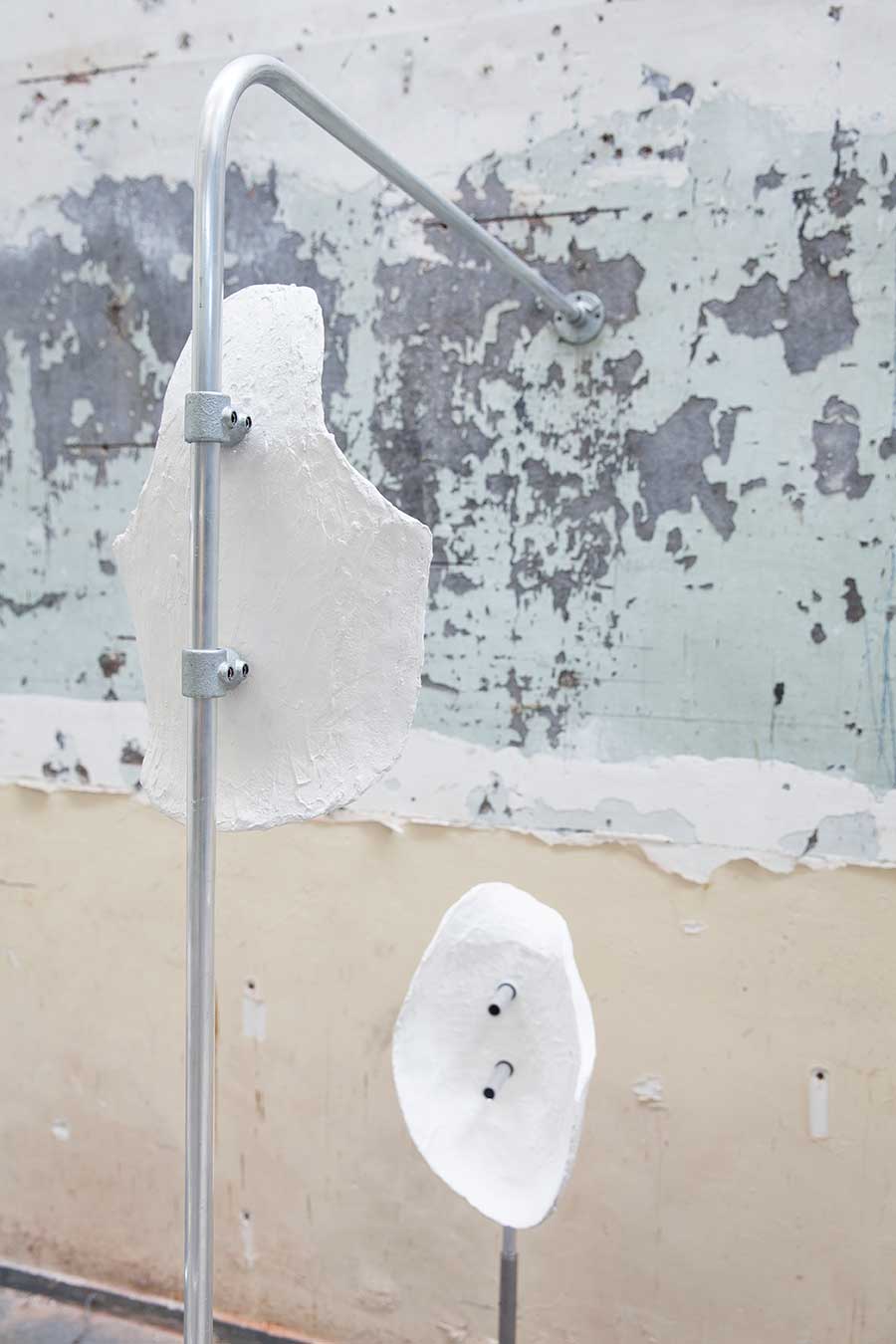
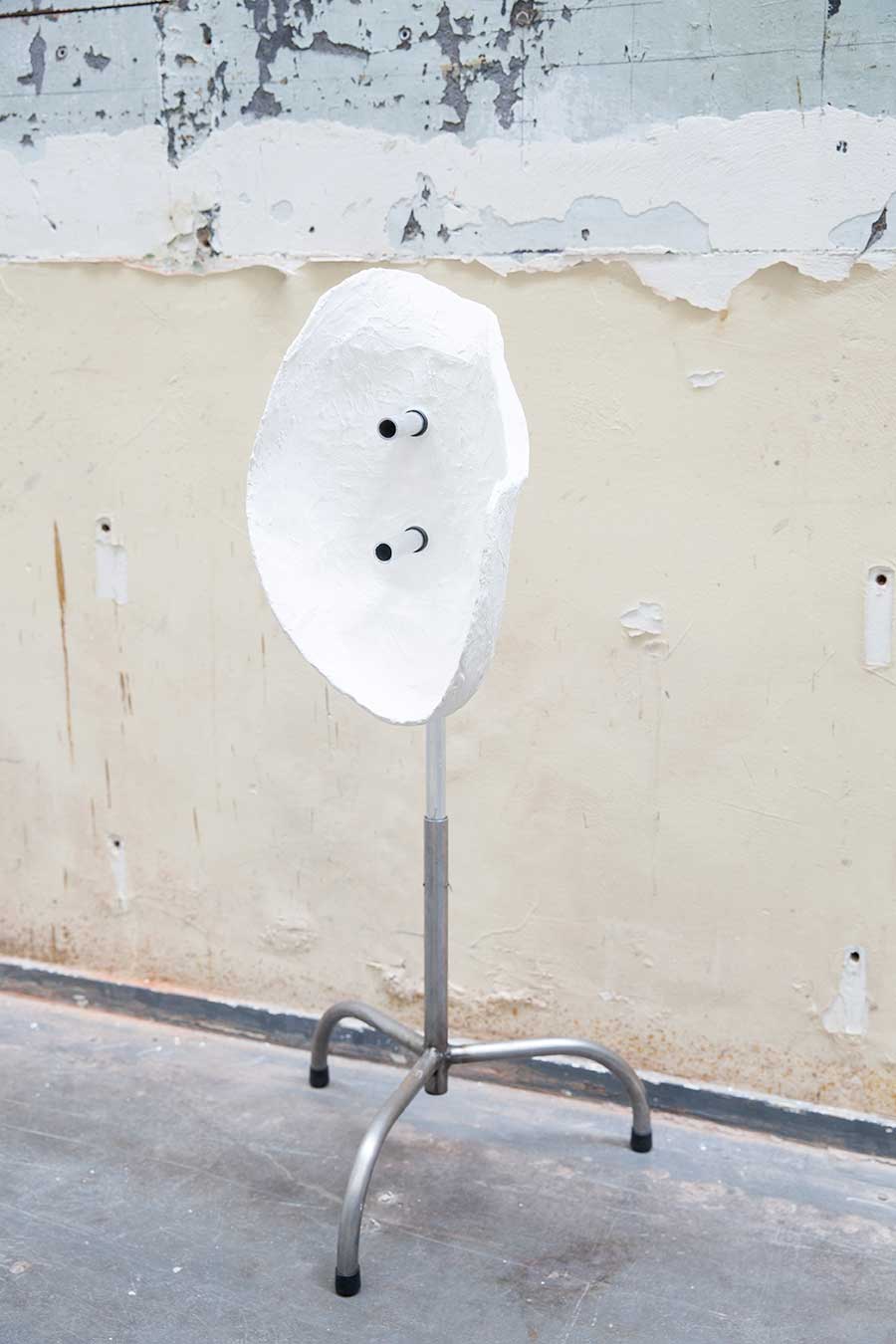
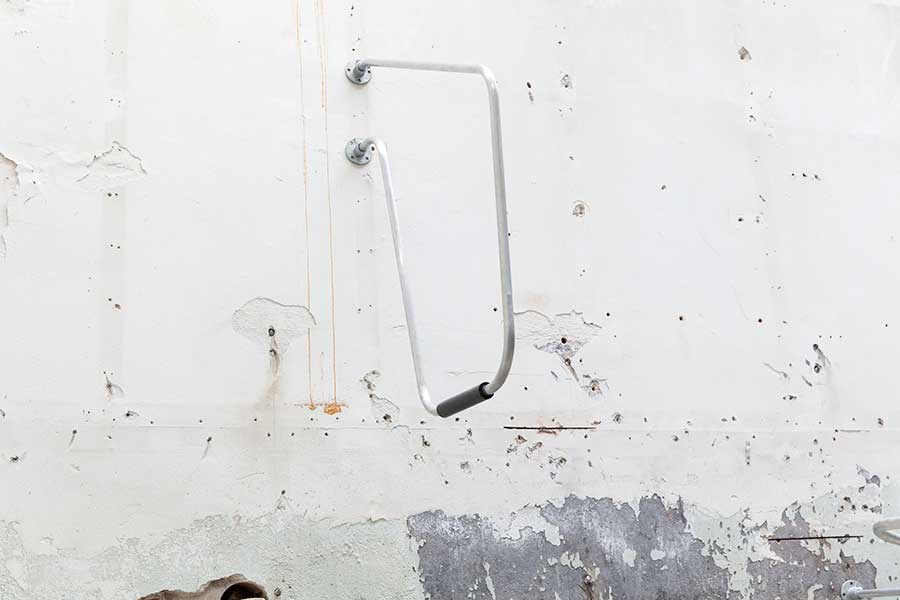

Becoming without Being Present, sculptural installation, 2019, aluminium, plaster, plastic, rubber, dimensions variable according to installation










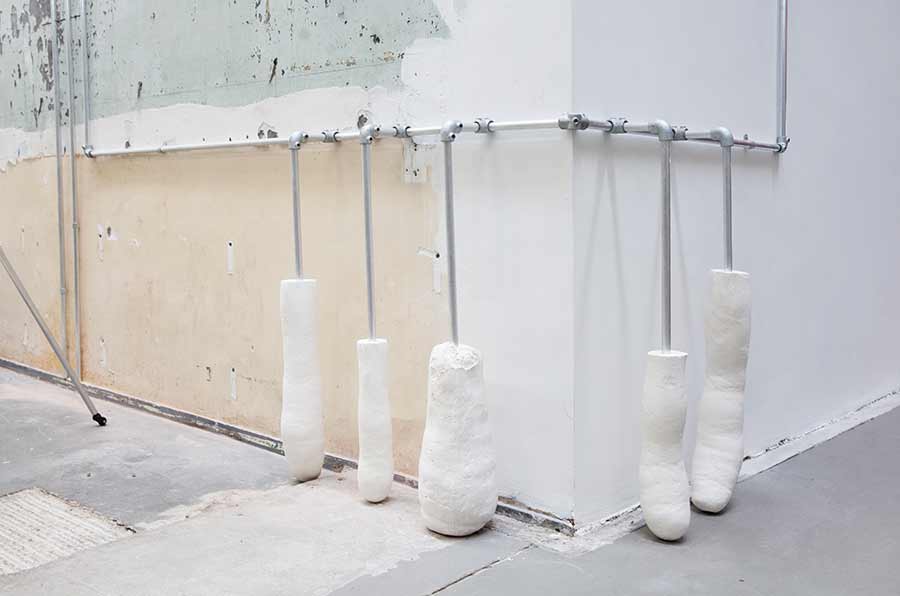
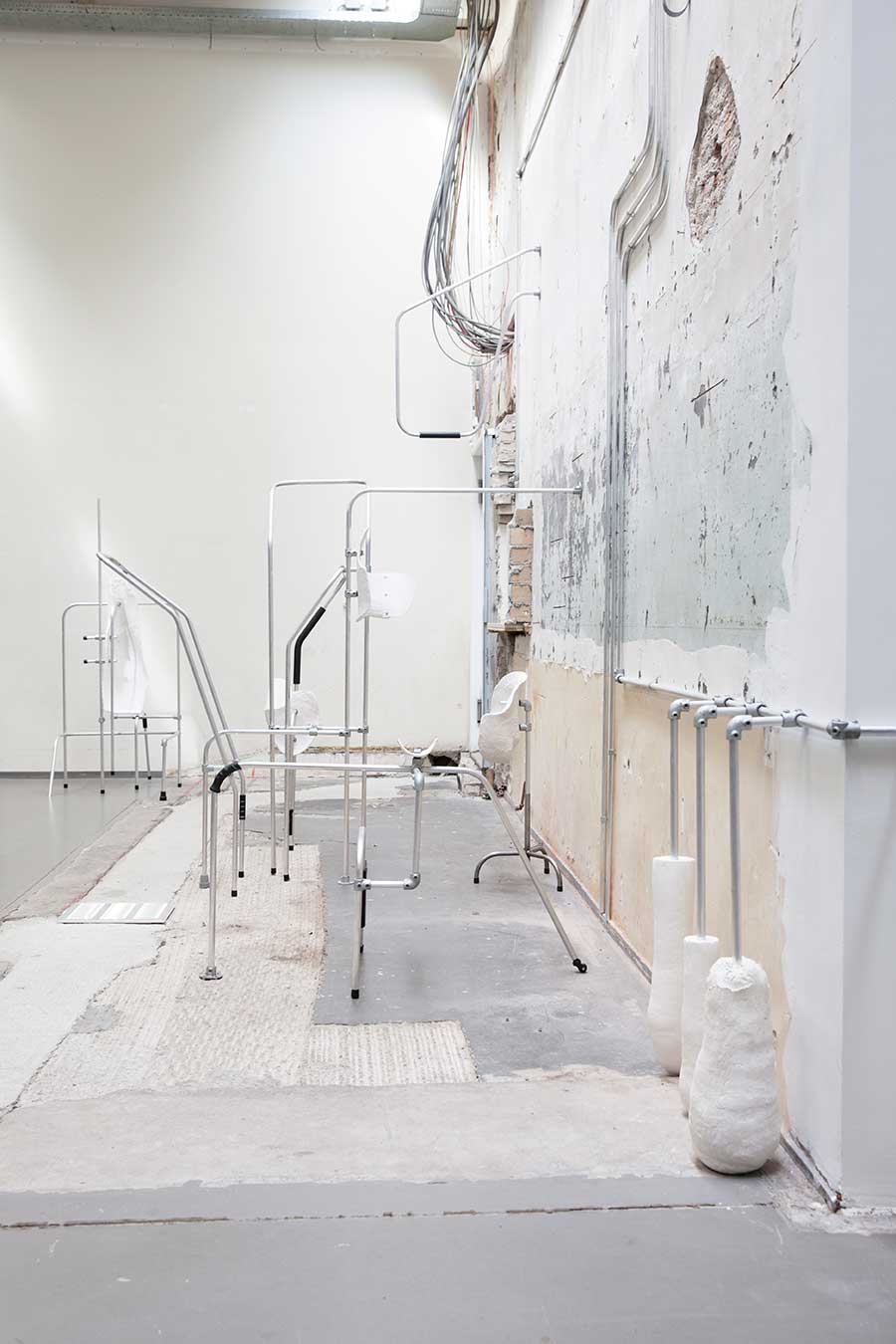
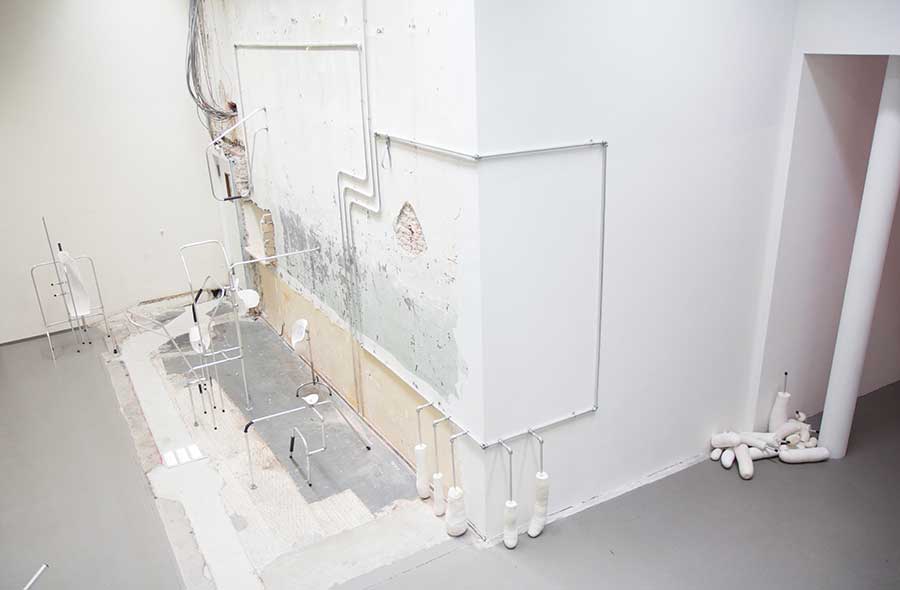
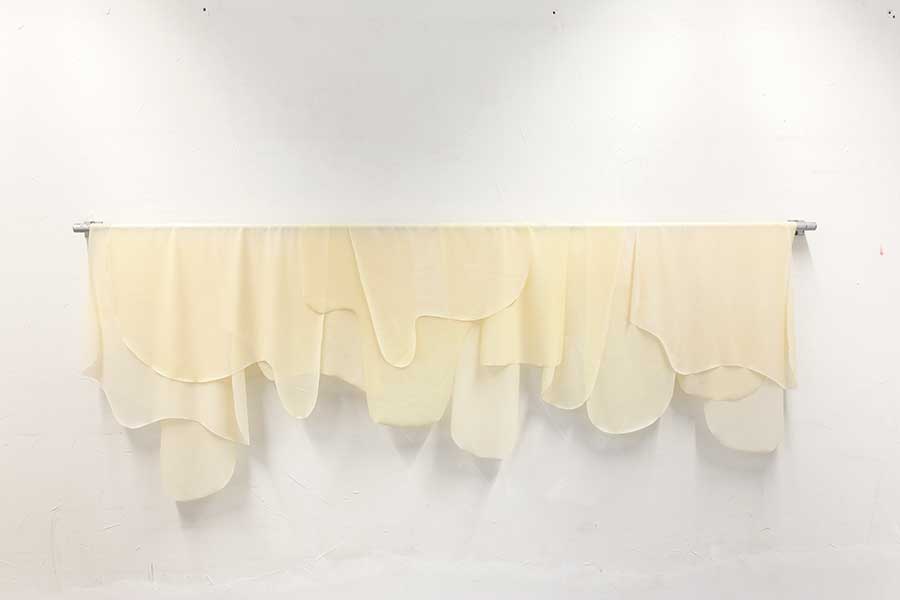

Becoming without Being Present, sculptural installation, 2019, aluminium, plaster, plastic, rubber, dimensions variable according to installation
| Becoming without Being Present In my practice, I am fascinated with the relationship between technology and the human body. Particularly, I am interested in the question how technology functions as a support structure. There has always been an interdependency and connection between us, the “organic”, and our artificial surroundings. This relationship supports humans in their survival. Nowadays, there is an acceleration of technological developments and it is expected that we will soon take our next step in evolution. In order to keep up, we will merge with this intelligence technology we have created. The question is: will this merger create a utopia where we are highly intelligent, blissful and indestructible "super humans" or will it bring a dystopia where we are subjugated by the powers of biotechnology and information technology? Ambivalence, contradictions, the thin line between good and bad, improvement and danger, the uncanny valley of the familiar and the unknown, have always intrigued me. The simultaneously "healing-protective and toxic-destructive" properties of technology both worry and excite me. It provides me with imagery and ideas for a fluid boundless world where man and technology are hybrid, where the human body and the network merge and entangle one another in a structure of systems; unclear where one ends and the other begins. It all makes me think about what might become of us, the humans we used to be, connecting ourselves to this power structure and subjugating ourselves to fit in, without excluding ourselves from the normative society we live in. It is specifically the disciplining of what philosopher Michael Foucault terms “docile bodies” –subjugated and passive— that resonates within my practice. Will we become less like the living and instead more like dead, material objects? What to think of this almost willing objectification of our own bodies? Is the goal disembodiment? A way to escape the temporality of contemporary existence by merging with the support structure? One could say that humans have always had a desire to escape and deny their bodies: look at their ambition to fly (denial of the heaviness of the body), the fantasy of invisibility (denial of corporality) and fantasies of immortality. Is disembodiment the next step? Perhaps by disembodying this body of ours and becoming things ourselves will we finally be enough? Katja Prins, 2019 Photography Franz Müller - Schmidt + Merlijn Snitker |